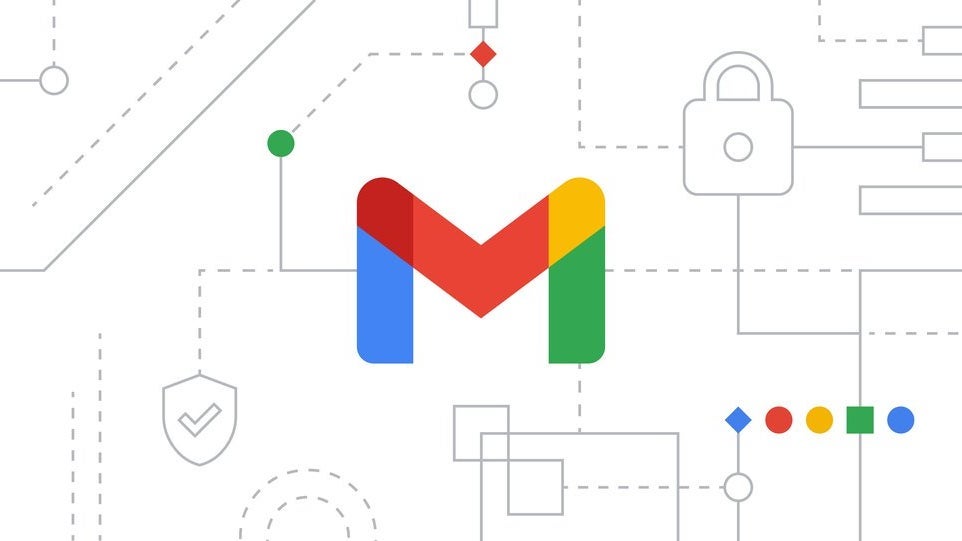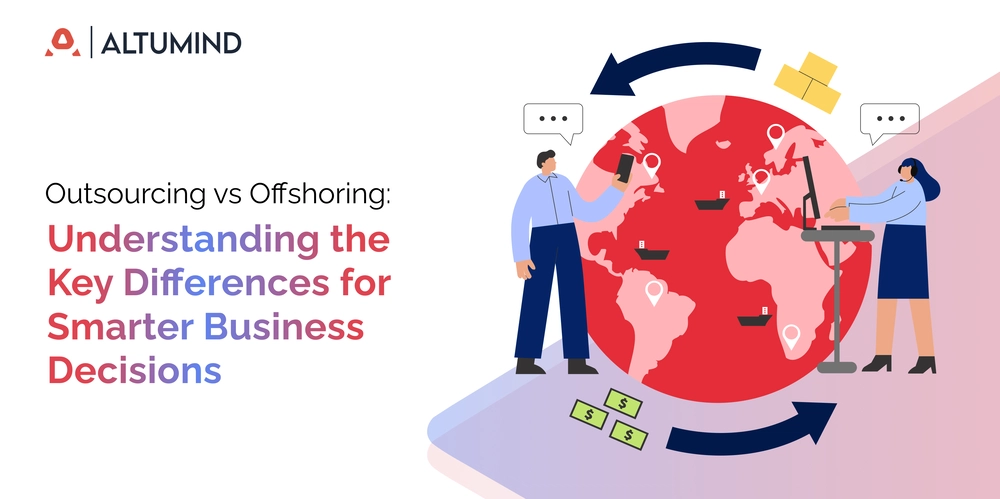I Compared Four API Docs. Some Made Me Smile, Some Made Me Sigh
So, I've been neck-deep in API documentation lately—part of my whole technical writing journey. I figured, why not check out some notable players and see who's doing it right (and who's making life harder than it needs to be)? I dove into the docs for Paystack, PayPal, Spotify, and The Movie Database (TMDB). My criteria were simple yet crucial: Structure and Organization: Is the information logically presented and easy to digest? Ease of Navigation: Can developers quickly find what they need? Clarity of Information: Is the language precise, concise, and understandable? Completeness of Content: Does it cover all the essentials, from authentication to endpoints and beyond? Here's the lowdown on what I found: The Good Vibes: Paystack & Spotify Landing on Paystack and Spotify's API docs felt surprisingly welcoming. They just get it. Information was laid out logically. Paystack’s felt super intuitive, and even with tons of stuff, Spotify kept things clean and organized. No getting lost in a maze of links. Finding stuff was quick. Paystack's sidebar was well-organized, with a search bar that actually worked. There was no immediate search bar on Spotify's doc site, which lost them some points. The content on Spotify's API site was so well written. It felt like it was guiding you. It wasn't just a list of technical details; it had this "here's what you do next" kind of vibe. That makes a huge difference when you're a beginner. They used plain language, no crazy tech jargon overload. Code examples were right there, easy to grasp, and often in different languages. Huge bonus for developers who aren't tied to one language. Authentication was explained step-by-step. Endpoints were detailed with what info to send and what to expect back (often with clear examples of the data). The Solid Performer: PayPal PayPal's API is massive, no doubt. But their documentation was well-handled. They broke things down into clear sections for different needs (payments, subscriptions, etc.). This kept the sheer amount of info from being overwhelming. Finding your way around wasn't too bad, thanks to good search and clear menus. You could usually find what you needed, even if it took a little more digging than Paystack or Spotify. They generally explained things well, though sometimes the complexity of their features meant more detailed (but still understandable) explanations. Lots of code examples were there too. They covered all the important stuff – different ways to authenticate (cURL & Postman), tons of endpoints for all their features, and details on what to expect when things go right (and wrong). While maybe not as hand-holdy as Spotify, PayPal's docs did a solid job of managing a complex API. The Head-Scratcher: TMDB Not gonna lie, TMDB's API docs left me a bit… confused at times. The basic layout was there, but finding specific bits of info sometimes felt like a treasure hunt. Explanations could be a bit vague, assuming you already knew some things. Response examples were okay, but could have been clearer. While the technical details were mostly there (how to authenticate, basic endpoints), it felt like it was missing the "here's how you actually use this" guidance that Spotify nailed. It wasn't a disaster, but it definitely felt like you were left to figure things out on your own more often. What This Means for Anyone Writing API Docs (and Using APIs) Good API documentation is about making it easy for developers to understand and use your API. Clear structure, simple language, working navigation, and guiding people through the process. Paystack and Spotify showed that API docs can actually be… dare I say… pleasant to use. PayPal handled complexity well. TMDB? Well, there's room for improvement in making it more user-friendly. As someone learning the ropes of technical writing, this little API documentation tour was a real eye-opener. It's about more than being accurate; you have to be helpful too. What API docs have you loved (or loathed)?
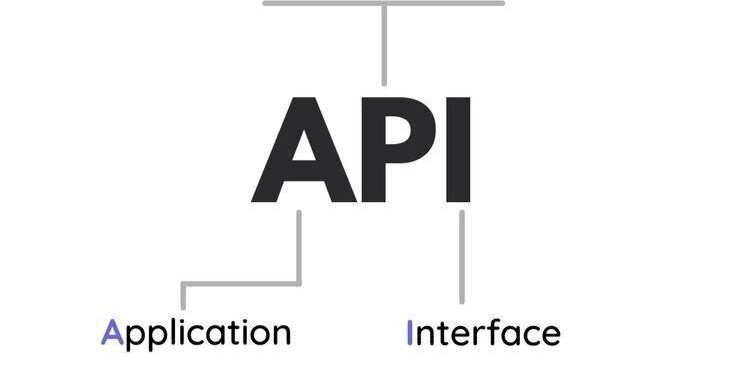
So, I've been neck-deep in API documentation lately—part of my whole technical writing journey. I figured, why not check out some notable players and see who's doing it right (and who's making life harder than it needs to be)?
I dove into the docs for Paystack, PayPal, Spotify, and The Movie Database (TMDB). My criteria were simple yet crucial:
- Structure and Organization: Is the information logically presented and easy to digest?
- Ease of Navigation: Can developers quickly find what they need?
- Clarity of Information: Is the language precise, concise, and understandable?
- Completeness of Content: Does it cover all the essentials, from authentication to endpoints and beyond?
Here's the lowdown on what I found:
The Good Vibes: Paystack & Spotify
Landing on Paystack and Spotify's API docs felt surprisingly welcoming. They just get it.
Information was laid out logically. Paystack’s felt super intuitive, and even with tons of stuff, Spotify kept things clean and organized. No getting lost in a maze of links.
Finding stuff was quick. Paystack's sidebar was well-organized, with a search bar that actually worked. There was no immediate search bar on Spotify's doc site, which lost them some points.
The content on Spotify's API site was so well written. It felt like it was guiding you. It wasn't just a list of technical details; it had this "here's what you do next" kind of vibe. That makes a huge difference when you're a beginner.
They used plain language, no crazy tech jargon overload. Code examples were right there, easy to grasp, and often in different languages. Huge bonus for developers who aren't tied to one language.
Authentication was explained step-by-step. Endpoints were detailed with what info to send and what to expect back (often with clear examples of the data).
The Solid Performer: PayPal
PayPal's API is massive, no doubt. But their documentation was well-handled.
They broke things down into clear sections for different needs (payments, subscriptions, etc.). This kept the sheer amount of info from being overwhelming.
Finding your way around wasn't too bad, thanks to good search and clear menus. You could usually find what you needed, even if it took a little more digging than Paystack or Spotify.
They generally explained things well, though sometimes the complexity of their features meant more detailed (but still understandable) explanations. Lots of code examples were there too.
They covered all the important stuff – different ways to authenticate (cURL & Postman), tons of endpoints for all their features, and details on what to expect when things go right (and wrong).
While maybe not as hand-holdy as Spotify, PayPal's docs did a solid job of managing a complex API.
The Head-Scratcher: TMDB
Not gonna lie, TMDB's API docs left me a bit… confused at times.
The basic layout was there, but finding specific bits of info sometimes felt like a treasure hunt.
Explanations could be a bit vague, assuming you already knew some things. Response examples were okay, but could have been clearer.
While the technical details were mostly there (how to authenticate, basic endpoints), it felt like it was missing the "here's how you actually use this" guidance that Spotify nailed.
It wasn't a disaster, but it definitely felt like you were left to figure things out on your own more often.
What This Means for Anyone Writing API Docs (and Using APIs)
Good API documentation is about making it easy for developers to understand and use your API. Clear structure, simple language, working navigation, and guiding people through the process.
Paystack and Spotify showed that API docs can actually be… dare I say… pleasant to use. PayPal handled complexity well. TMDB? Well, there's room for improvement in making it more user-friendly.
As someone learning the ropes of technical writing, this little API documentation tour was a real eye-opener. It's about more than being accurate; you have to be helpful too.
What API docs have you loved (or loathed)?









































































































































































![[The AI Show Episode 144]: ChatGPT’s New Memory, Shopify CEO’s Leaked “AI First” Memo, Google Cloud Next Releases, o3 and o4-mini Coming Soon & Llama 4’s Rocky Launch](https://www.marketingaiinstitute.com/hubfs/ep%20144%20cover.png)
















































































































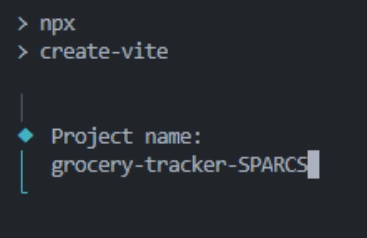
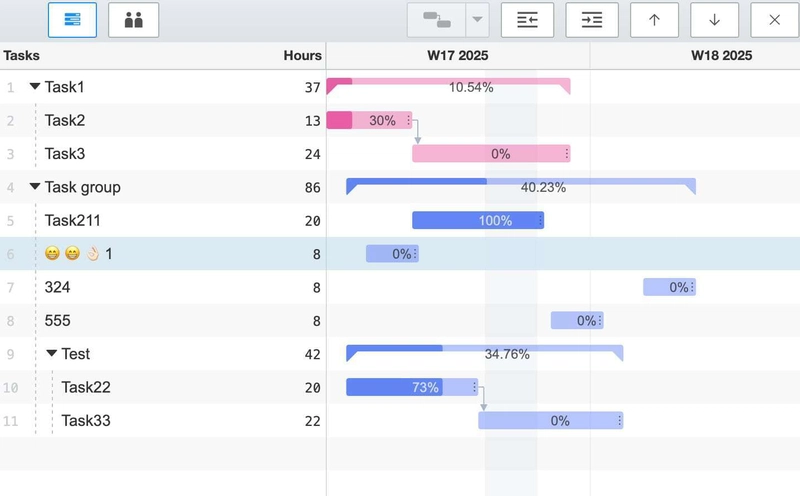
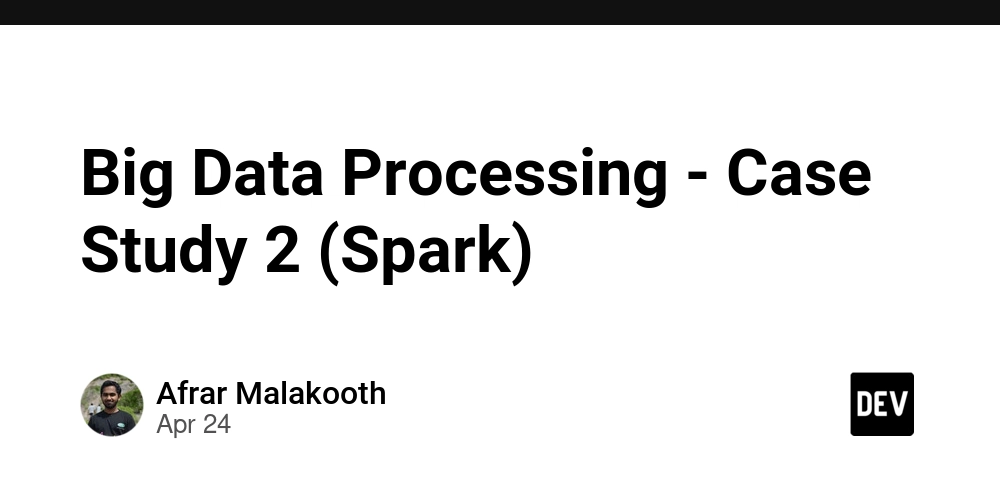






































![Is This Programming Paradigm New? [closed]](https://miro.medium.com/v2/resize:fit:1200/format:webp/1*nKR2930riHA4VC7dLwIuxA.gif)



























































































-Classic-Nintendo-GameCube-games-are-coming-to-Nintendo-Switch-2!-00-00-13.png?width=1920&height=1920&fit=bounds&quality=70&format=jpg&auto=webp#)























_Olekcii_Mach_Alamy.jpg?width=1280&auto=webp&quality=80&disable=upscale#)












































































































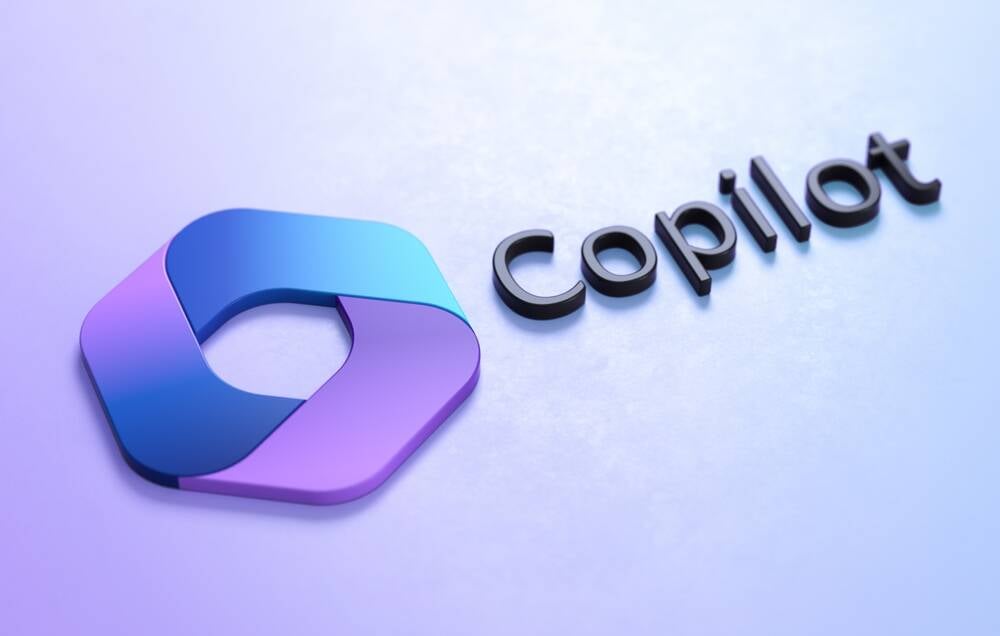


![M4 MacBook Air Drops to New All-Time Low of $912 [Deal]](https://www.iclarified.com/images/news/97108/97108/97108-640.jpg)
![New iPhone 17 Dummy Models Surface in Black and White [Images]](https://www.iclarified.com/images/news/97106/97106/97106-640.jpg)























































